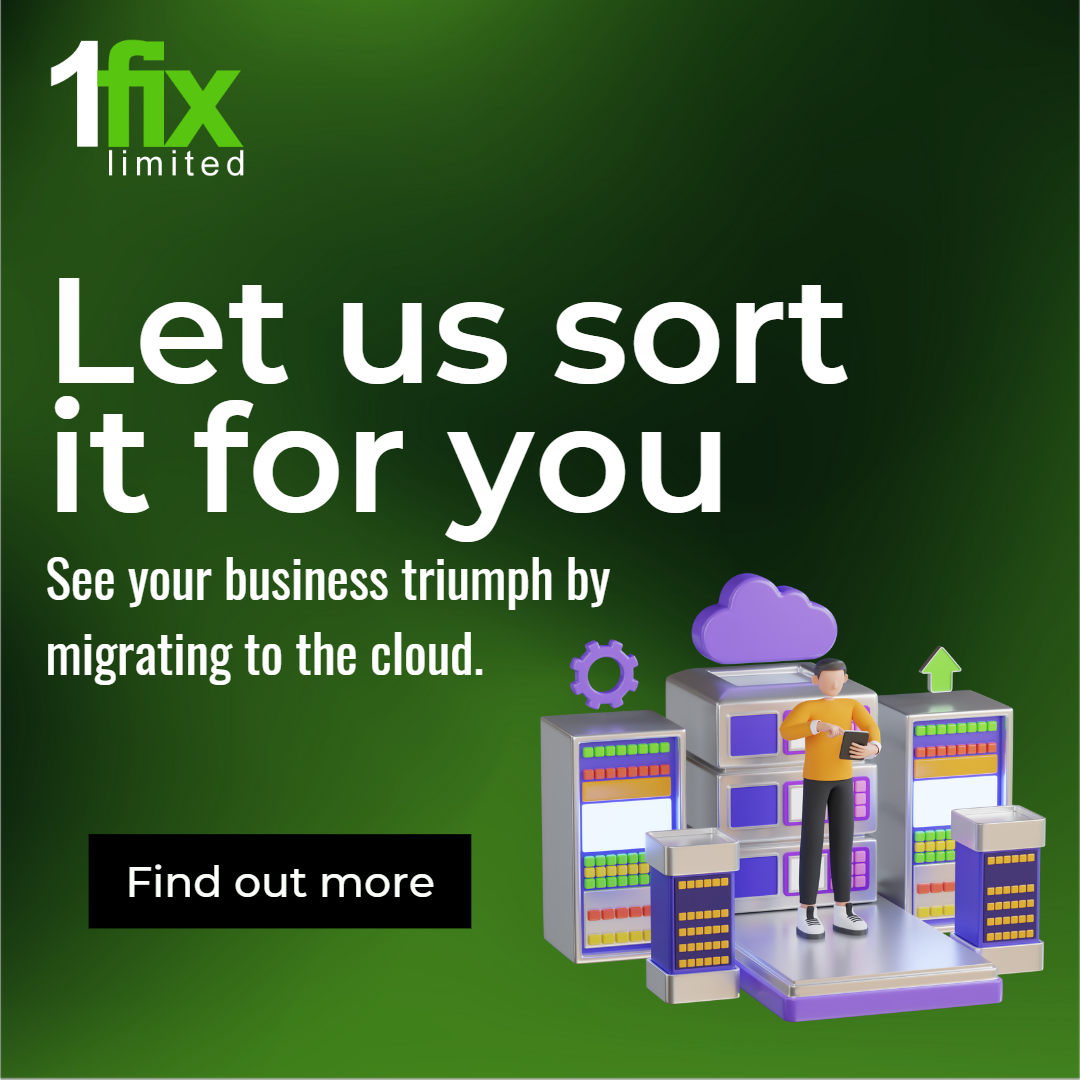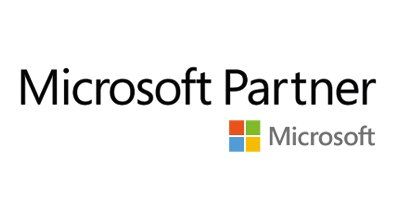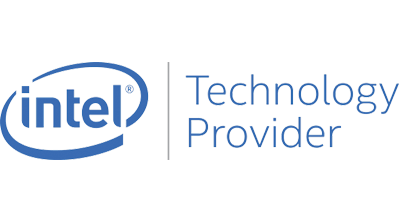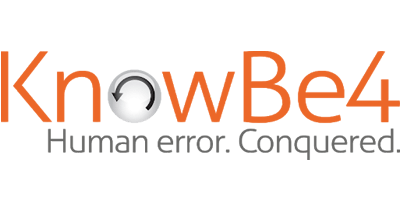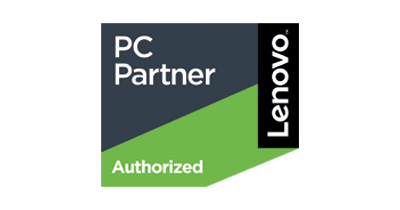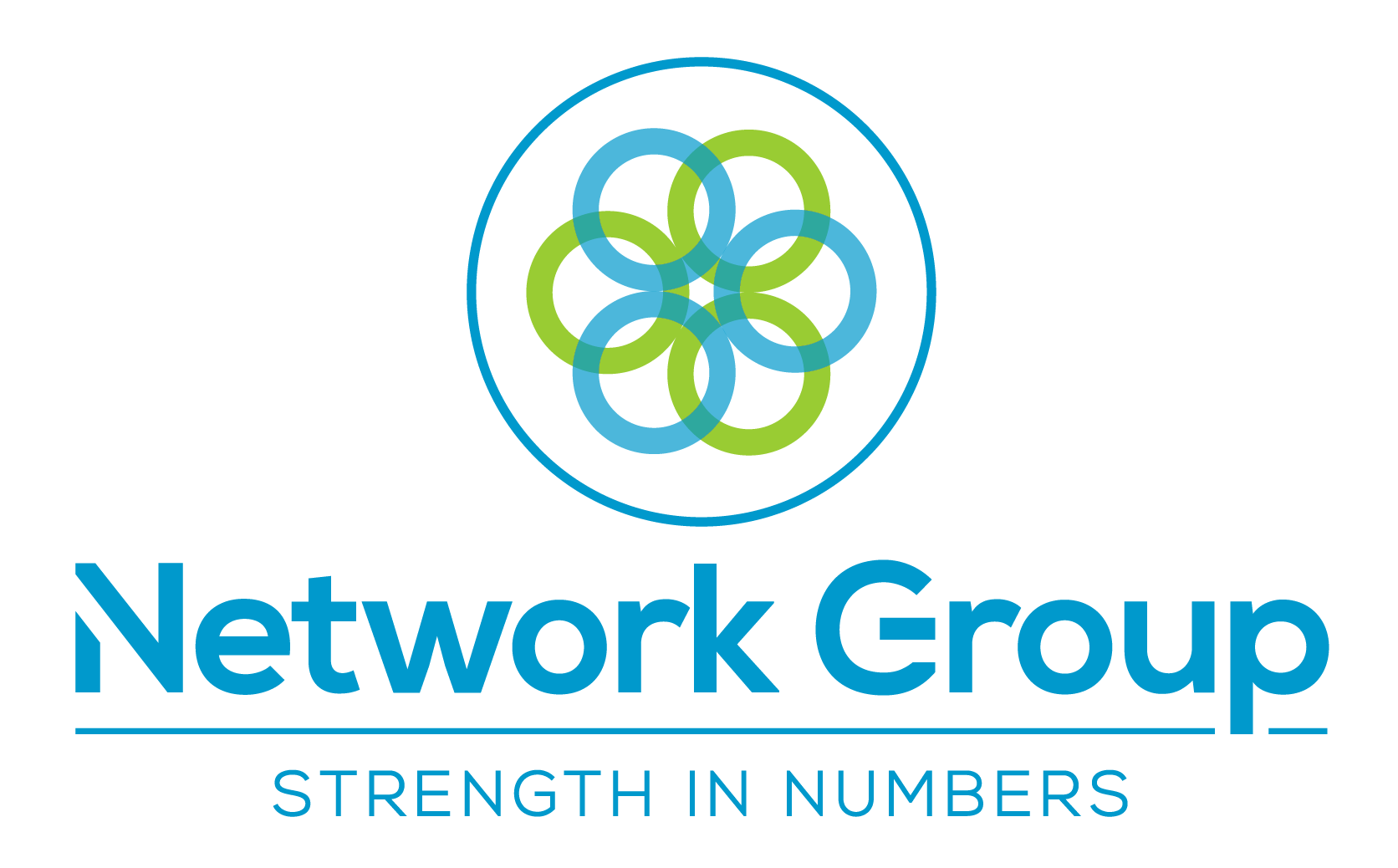Blog Layout
The 5 Biggest Cloud Computing Trends In 2021
Leo Daniels • November 9, 2020
This is a subtitle for your new post
The events of 2020 have turned most predictions for 2021 on their head. Top trends such as artificial intelligence (AI) and the internet of things (IoT) will still define the ways in which tech reshapes our lives in the next year. However, the most significant use cases now involve helping us to adapt and survive in the changing times we are living through.
No trend is more relevant to this than cloud computing. Cloud is the backbone of the data-driven, app-based tech ecosystem that has been vital in helping us manage this change. Everything from contact tracing to home delivery services, remote medicine, and working (and playing) from home has been revolutionized by cloud services.
Throughout 2021, we can expect to see the rate of this change accelerate as more businesses get to grips with adopting cloud models, and delivery of data from the cloud to our devices becomes more integral to our daily lives. Here are some of the ways in which I can see this playing out over the course of 2021:
1. Multi-cloud approaches will lead to a breakdown of barriers between providers
Currently, the big public cloud providers – Amazon, Microsoft, Google, and so on – take something of a walled garden approach to the services they provide. And why not? Their business model has involved promoting their platforms as one-stop-shops, covering all of an organization’s cloud, data, and compute requirements. In practice, however, industry is increasingly turning to hybrid or multi-cloud environments (see below), with requirements for infrastructure to be deployed across multiple models.
What this means is that there are growing calls for the big providers to create bridges between their platforms. This runs contrary to their business models, which are reliant on an ability to upsell greater cloud capacity as well as additional services as their customers scale. Adopting a more collaborative approach doesn’t just enable customers to take greater advantage of the fast-growing multi-cloud trend, though. It will also benefit organizations needing to share data and access with partners in their supply chain, which may all be working across diverse applications and data standards. This is also a space where we are likely to see growing levels of innovation from startups, creating services that simplify the process of operating between different public cloud platforms.
2. AI will improve the efficiency and speed of cloud computing
As far as cloud goes, AI
is a key enabler of several ways in which we can expect technology to adapt to our needs throughout 2021. Cloud-based as-a-service platforms enable users on just about any budget and with any level of skill to access machine learning functions such as image recognition tools, language processing, and recommendation engines. Cloud will continue to allow these revolutionary toolsets to become more widely deployed by enterprises of all sizes and in all fields, leading to increased productivity and efficiency.
Autonomous vehicles, smart city infrastructure, and pandemic response planning are all fields of research where the effects of smarter algorithms delivered through cloud services will be felt. Machine learning also plays a big part in the logistics processes that keep cloud data centers up and running. Cooling systems, networks of hardware, and power usage in these delicate and expensive environments can all be monitored and managed by AI algorithms in order to optimize running efficiency and minimize their impact on the environment. Research and development in this field are likely to continue to lead to new breakthroughs in data center speed and efficiency.
3. Gaming will be increasingly delivered from the cloud, just like music and movies
Amazon most recently joined the ranks of tech giants and startups offering their own platform for cloud gaming. Just as with music and video streaming before it, cloud gaming promises to revolutionize the way we consume entertainment media by offering instant access to vast libraries of games that can be played for a monthly subscription. During 2020, services were launched by Google, Microsoft, and Nvidia, while Sony’s has been available for several years now. Even though new Xbox and Playstation consoles are being developed, costing around $500, industry experts are predicting that the days when we need to spend hundreds on new hardware every few years to stay at the cutting edge of gaming may be drawing to a close, thanks to the coming-of-age of cloud gaming.
4. Hybrid and on-premise cloud solutions grow in popularity
Choosing between a public, private, or hybrid cloud environment has proved challenging for some organizations. Each route offers advantages and disadvantages when it comes to flexibility, performance, security, and compliance. But as cloud ecosystems have matured, many have found there’s no magic one-size-fits-all solution on the shelves. Hybrid or multi-cloud environments, where users pick and choose the individual elements of service providers’ offerings that suit their needs, have grown in popularity, leading to a situation where those providers have begun to reassess their models of delivery.
Amazon and Google, for example, have traditionally been market leaders that relied on selling their customers space on their public cloud platforms, whereas Microsoft and IBM have been more flexible with enabling users to deploy their cloud tools and technologies across their existing, on-premises networks. Now it seems that these providers have woken up to the need for different platforms and approaches within organizations – perhaps utilizing public cloud to provide content delivery while storing and processing customer data and other controlled information via private or on-premise solutions. There will also be a growing demand for “bare metal” cloud space – raw storage and compute power where businesses can simply “lift and shift” their existing systems into the cloud without having to adapt them to run on pre-installed software or services. The need to consolidate these user requirements will be a driving force behind the direction in which cloud services evolve throughout 2021.
5. More of us will be working on Virtual Cloud Desktops
This is basically where the entire environment of our workstation is delivered as a managed cloud service to our laptop or desktop screen where we work. This means that organizations can take advantage of by-the-hour subscriptions for the time their employees spend working at their machines, eliminating the cost of hardware updates and the need to dispose of redundant technology.
Sometimes known as desktop-as-a-service, this model of computing is offered by Amazon via the Workspaces platform and Microsoft with Windows Virtual Desktop. Google also offers the functionality through its Chromebook devices. In practice, this can increase efficiency across a workforce by ensuring everyone is using up-to-date, synchronized technology. It also benefits security as all devices can be managed in a centralized way, rather than having to make sure everyone on the network is following best practice. When people join or leave a company, the cost simply scales up as the number of hours spent using the platform increases or decreases. This flexible functionality means virtual desktop services are likely to become increasingly popular in the coming years.
We’re 1-fix, we can help you secure your business
At 1-fix, we take a realistic approach to technology – ensuring our client’s systems are best protected.
If you have any concerns, questions or simply want to explore how to better secure your business, please do get in touch with the team for a FREE demonstration, consultation to explore how exposed your business might be and identify actions to take.
Join Our Mailing List
Thank you for contacting us.
We will get back to you as soon as possible.
We will get back to you as soon as possible.
Oops, there was an error sending your message.
Please try again later.
Please try again later.
All sign-ups are handled inline with our privacy policy and can unsubscribe at any time.
Recent Blogs

By Craig Atkins
•
February 3, 2025
Businesses are constantly faced with decisions about how to best manage their IT infrastructure. One of the most significant choices is whether to adopt cloud services or stick with on-premises solutions. Both options have their advantages and drawbacks, and the right choice depends on your business's specific needs and goals. Let's explore the key differences between cloud services and on-premises solutions to help you make an informed decision.

By Grant Taylor-Davis
•
January 23, 2025
One of the most effective ways to protect your organisation from cyber threats is through Security Awareness Training. But what exactly is Security Awareness Training, how does it work, and why is it essential for your business? Let's explore these questions with a focus on KnowBe4, a leading platform in this field.
Get in Touch
Fill in this form to contact us and we'll get back to you ASAP (same working day where possible):
Contact Us
Thank you for contacting us.
We will get back to you as soon as possible.
Oops, there was an error sending your message.
Please try again later.
1-Fix Limited
Company Registration Number: 06543233
Registered address:
1-Fix Limited
1F02 Arena Business Centre, 100 Berkshire Place, Winnersh Triangle, Wokingham, Berkshire RG41 5RD



